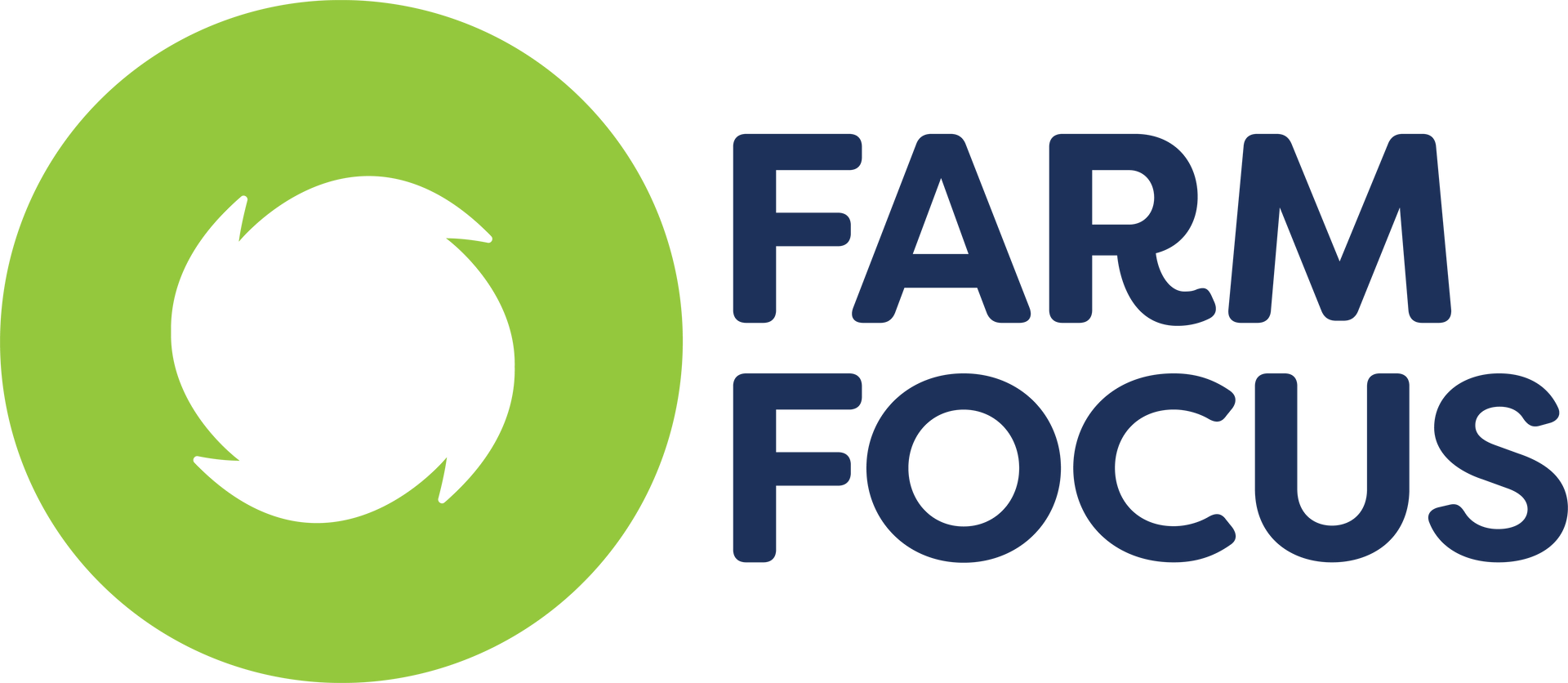Mark up vs Margin
Mark-up versus Margin - What is the Difference?
Is there a difference ??? Damn right there is !!!
So, which is the most important one ??? It is the margin !!!
More and more I hear these two terms are being used interchangeably to mean gross margin, but that misunderstanding is likely to be to the detriment of the bottom line.
Mark-up and Gross Margin are not the same! A clear understanding and application of the two within a pricing model can have a drastic impact on the bottom line. Speaking in terminology, mark-up percentage is the percentage difference between the actual cost and the selling price, while gross margin percentage is the percentage difference between the selling price and the gross profit.
Where should my focus be to optimise profitability? Many mistakenly believe that if a product or service is marked up, say 25%, the result will be a 25% gross margin on the income statement. However, a 25% mark-up rate produces a gross margin percentage of only 20%.
How to Calculate Mark-up Percentage
By definition, the mark-up percentage calculations is cost X mark-up percentage, and then add that to the original unit cost to arrive at the sales price.
For example, if a product costs $100, the selling price with a 25% mark-up would be $125.
Gross Profit Margin = Sales Price - Unit Cost = $125 - $100 = $25.
Markup Percentage = Gross Profit Margin / Unit Cost = $25 / $100 = 25%.
Sales Price = Cost X Mark-up Percentage + Co = $100 X 25% + $100 = $125.
How to Calculate Gross Margin Percentage
Gross margin defined is Gross Profit/Sales Price. In this example, the gross margin is $25. This results in a 20% gross margin percentage:
Gross Margin Percentage = Gross Profit / Sales Price = $25 / $125 = 20%.
Not quite the "margin percentage" we were looking for. So, how do we determine the selling price given a desired gross margin? It is all in the inverse of the gross margin formula, that is:
By simply dividing the cost of the product or service by the inverse of the gross margin equation, you will arrive at the selling price needed to achieve the desired gross margin percentage.
For example, if a 25% gross margin percentage is desired, the selling price would be $133.33 and the mark-up rate would be 33.3%:
Markup Percentage = (Sales Price - Unit Cost) / Unit Cost = ($133.33 - $100) / $100 = 33.3%
Focus Where ???
Therefore we need to focus on our gross margins, that are required to cover our overheads and generate a profit at the bottom line. The mark-up is simply the tool used to work out the required selling price.
Do you know your mark-up and selling price of the goods you sell?
If you do not, then you are driving with a blindfold and will crash!!!
Work out your margin and mark-up using the formulas above and if the result is unexpected, you have the tools to make a change.







